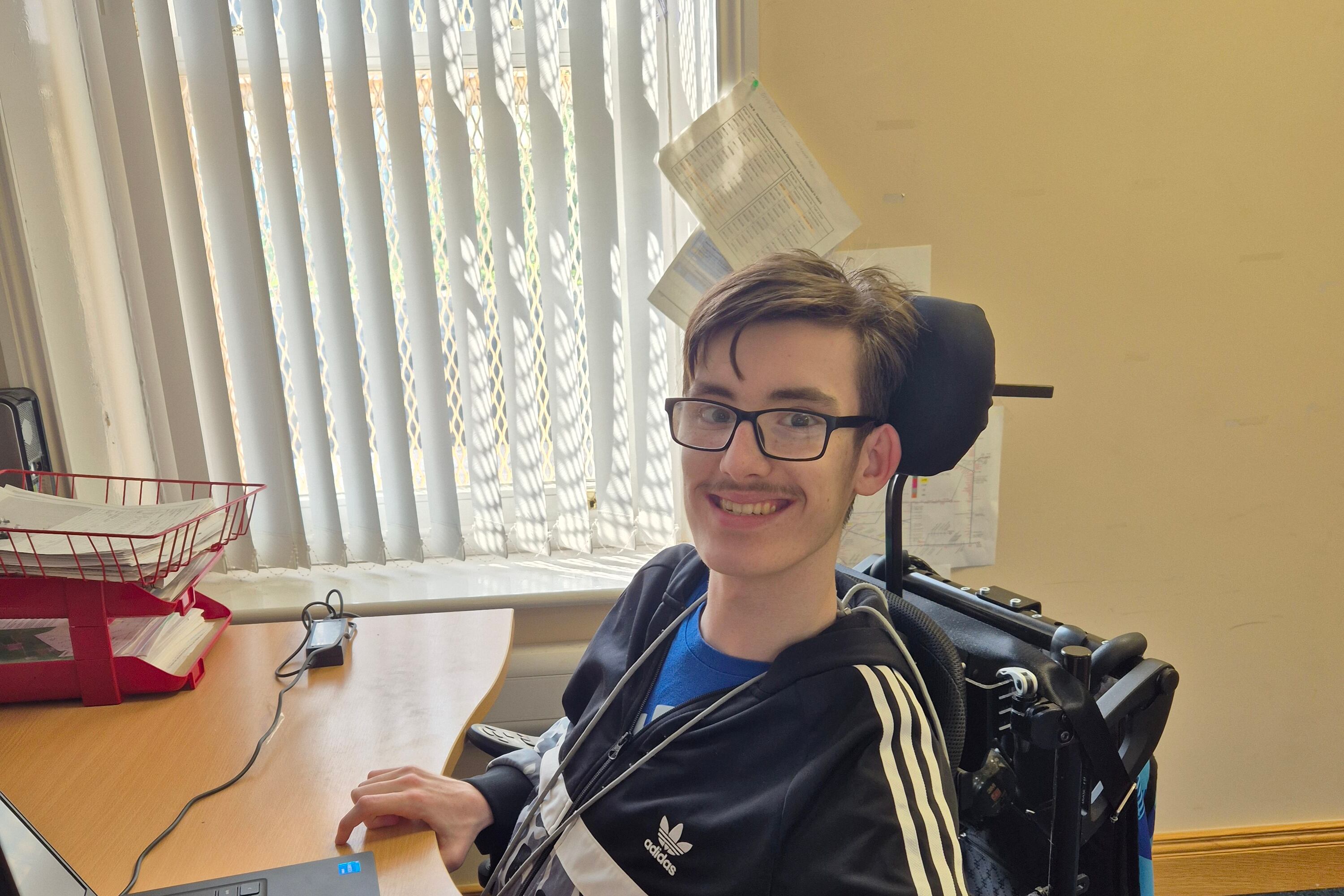Many students who drop out of college courses are employed in areas such as retail or hospitality a year later, new figures show.
Central Statistics Office (CSO) research tracked the outcomes for more than 5,000 students who did not progress to the second year of their higher education degree course in 2021.
It found that just under half of these students were in employment only (48 per cent), and a third (33 per cent) were both in employment and education.
A minority were in education only (7 per cent) and a similar proportion were not in education or employment (7 per cent). Details were not captured for the remainder of students.
READ MORE
In terms of employment, a similar proportion of male and women students were working after one year.
However, male students were more likely to be in employment only (52 per cent) after one year compared with women students (43 per cent).
When broken down by type of course studied, the figures show more than 85 per cent of students who did not progress from courses in engineering, manufacturing and construction were in employment after one year.
On the other hand, students who were studying sciences, maths and statistics were most likely to have re-enrolled in education after one year (54 per cent).
Arts and humanities, and social sciences, journalism and information courses had the largest proportion of students who dropped out and were not in employment or education after a year.
The largest sectors of employment for students who did not progress into year two of their courses were in the wholesale and retail sector and accommodation and food service.
The construction and industry sectors were also popular among male students, while the health and social work sector was popular among women students who did not progress after one year.
The findings comes as new Higher Education Authority (HEA) data shows college dropout rates have increased significantly amid signs that more students are struggling with issues such as mental health, long-distance commuting and financial pressures.
The proportion of students who did not progress from first to second year increased from 9 per cent in 2019/2020, or 3,600 students, to 15 per cent in 2021/2022, or almost 7,000 students.
While dropout rates fell to an all-time low during Covid – when colleges put in place supports such as open-book exams and remote lectures for students – the fact that they now exceed pre-pandemic levels of 12-13 per cent is a concern for universities.
Separately, the Government has announced funding for additional medical places for students at Queen’s University Belfast.
Funding for 25 additional medical places will be made available for qualifying students from Ireland or Northern Ireland in Queen’s from September 2024.
A further 25 places will be made available in September 2025, bringing the total number of additional places available to 50.
These places will be co-funded by the Department of Further and Higher Education and the Department of Health.
Students who take up these places will pay the same student contribution rate as their counterparts studying in medical schools in Ireland and will commit to applying to take up a position in the HSE as an intern at the end of their studies.
Minister Harris said: “With the ongoing expansion in places across the six medical schools in this jurisdiction, and these places at Queen’s, by September 2024 we will have delivered a more than 25 per cent increase in places for students relative to September 2021.”
The Government has previously secured additional student places in other key health-related disciplines, including 140 students from the South who are studying nursing and midwifery across Queen’s University Belfast and Ulster University, and a further 80 students studying in allied health professional courses at Ulster University.
- Follow The Irish Times education section on Facebook and X (Twitter) and stay up to date















